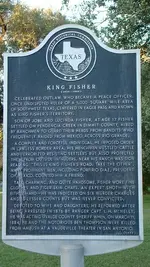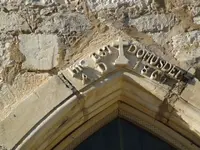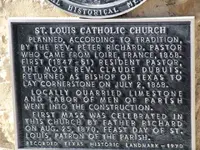A little bit of history...
On February 8, 1850, Uvalde County was formed by a legislative act from Bexar County but failed to secure a permanent county because of an insufficient number of settlers, until the year 1852. These first settlers to arrive at the canyon later changed the name to Uvalde. Of equal importance to the early history of the county was the development of the farming and ranching settlements at Waresville by Capt. William Ware in the upper Sabinal Canyon and Patterson Settlement by George W. Patterson, John Leakey, and A. B. Dillard on the Sabinal River; these settlements coincided with Reading Black's development of the Leona River at Encina. A second attempt by Black to organize the territory resulted in a petition to form a county encompassing the area of the present Kinney, Maverick, and Uvalde counties.
Reading W. Black's initiatives helped to truly establish Uvalde, in August of 1866, following the Civil War. Mr. Black hired a surveyor from Germany and started work on May 2, 1855, which is said to be the birth date of Uvalde. The town was divided into 464 lots, a schoolhouse square, a cemetery (located on the corner of Leona and North Park), a park (Uvalde Athletic field), a garden, presently the City park, and four town plazas. Mr. Black names the plazas: the market, now known as the bandstand; the fountain, now the post office; the townhall (City Hall); and the courthouse.
At the end of the Civil War, Uvalde County remained the last frontier district court site for a region that included the unorganized territories of Zavala, Kinney, Edwards and Maverick counties. The region was home to smugglers, cattle and horse rustlers, and numerous other desperadoes. One of the county's most colorful and powerful characters during this period of lawlessness was its most notorious cattle rustler, J. King Fisher.
The years immediately following the Civil War were marked by conflicts between Confederates and Unionists returning to live in Uvalde County. Black's attempt to form a strong local Union League may have led to his assassination in October 1867.
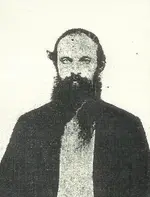





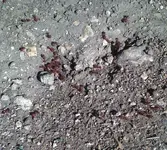
 Monty
Monty
